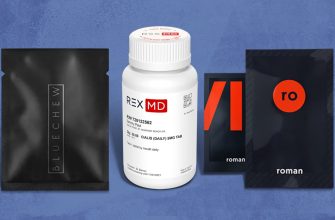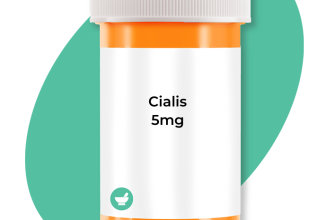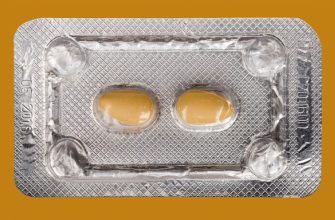Cephalexin treats bacterial infections. Always follow your doctor’s instructions. Don’t stop taking it early, even if you feel better.
Common Uses
- Skin infections
- Ear infections
- Respiratory tract infections
- Urinary tract infections
Remember, cephalexin targets bacteria; it won’t work on viral infections like the common cold or flu.
Dosage and Administration
Your doctor determines the correct dosage based on your condition and weight. Typical doses range from 250mg to 500mg, taken every 6-8 hours. Take with food to minimize stomach upset.
Side Effects
Common side effects include diarrhea, nausea, and vomiting. Less frequent, but possible, are allergic reactions (rash, itching, swelling). Seek immediate medical attention if you experience severe allergic reactions.
Precautions
- Inform your doctor about all medications you’re taking, including over-the-counter drugs and herbal supplements. Interactions are possible.
- Tell your doctor about any allergies you have.
- Cephalexin might affect birth control pills; discuss alternative methods with your doctor.
- Drink plenty of fluids while taking this medication.
Missed Dose
Take the missed dose as soon as you remember, unless it’s almost time for your next dose. Don’t double up on doses.
Storage
Store cephalexin at room temperature, away from moisture and direct sunlight.
Disclaimer
This information is for educational purposes only and does not constitute medical advice. Always consult your doctor or pharmacist before starting or changing any medication. They can provide personalized guidance and address any specific concerns you may have.
Further Information
For detailed information on cephalexin, consult a reliable pharmaceutical resource or your doctor’s office.
Potential Side Effects and Precautions
Cephalexin, like all medications, can cause side effects. Common side effects include diarrhea, nausea, and vomiting. These usually are mild and resolve without intervention. However, report persistent or severe diarrhea to your doctor immediately, as it could indicate a serious condition like Clostridium difficile infection.
Less common but more serious side effects include allergic reactions. Watch for hives, swelling, difficulty breathing, or other signs of an allergic reaction. Seek immediate medical attention if you experience these symptoms. You should also monitor for signs of liver problems like jaundice (yellowing of the skin or eyes) or unusual fatigue.
Before starting cephalexin, inform your doctor about all your current medications, including over-the-counter drugs and supplements. Cephalexin can interact with certain medications, potentially affecting their efficacy or increasing the risk of side effects. Also, disclose any known allergies, especially to penicillin or other antibiotics, as cross-reactivity can occur.
Pregnancy and breastfeeding require special attention. Discuss cephalexin use with your doctor if you are pregnant, breastfeeding, or plan to become pregnant. The drug may pass into breast milk and potentially affect the infant. Your doctor will weigh the benefits against the potential risks.
Kidney problems can affect how your body processes cephalexin. If you have kidney disease, your doctor might adjust your dosage accordingly. Always follow your doctor’s prescribed dosage and duration of treatment, and don’t stop taking the medication prematurely, even if you feel better.
Finally, remember that this information is not exhaustive. Consult your doctor or pharmacist for complete and personalized advice regarding cephalexin use and potential side effects. They can provide tailored guidance based on your individual medical history and needs.










